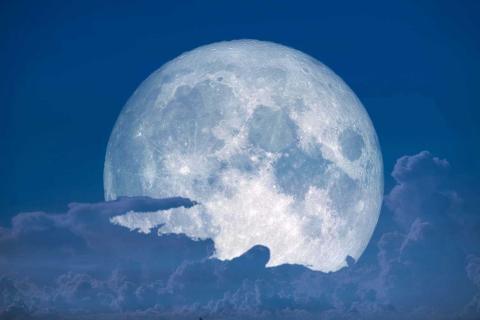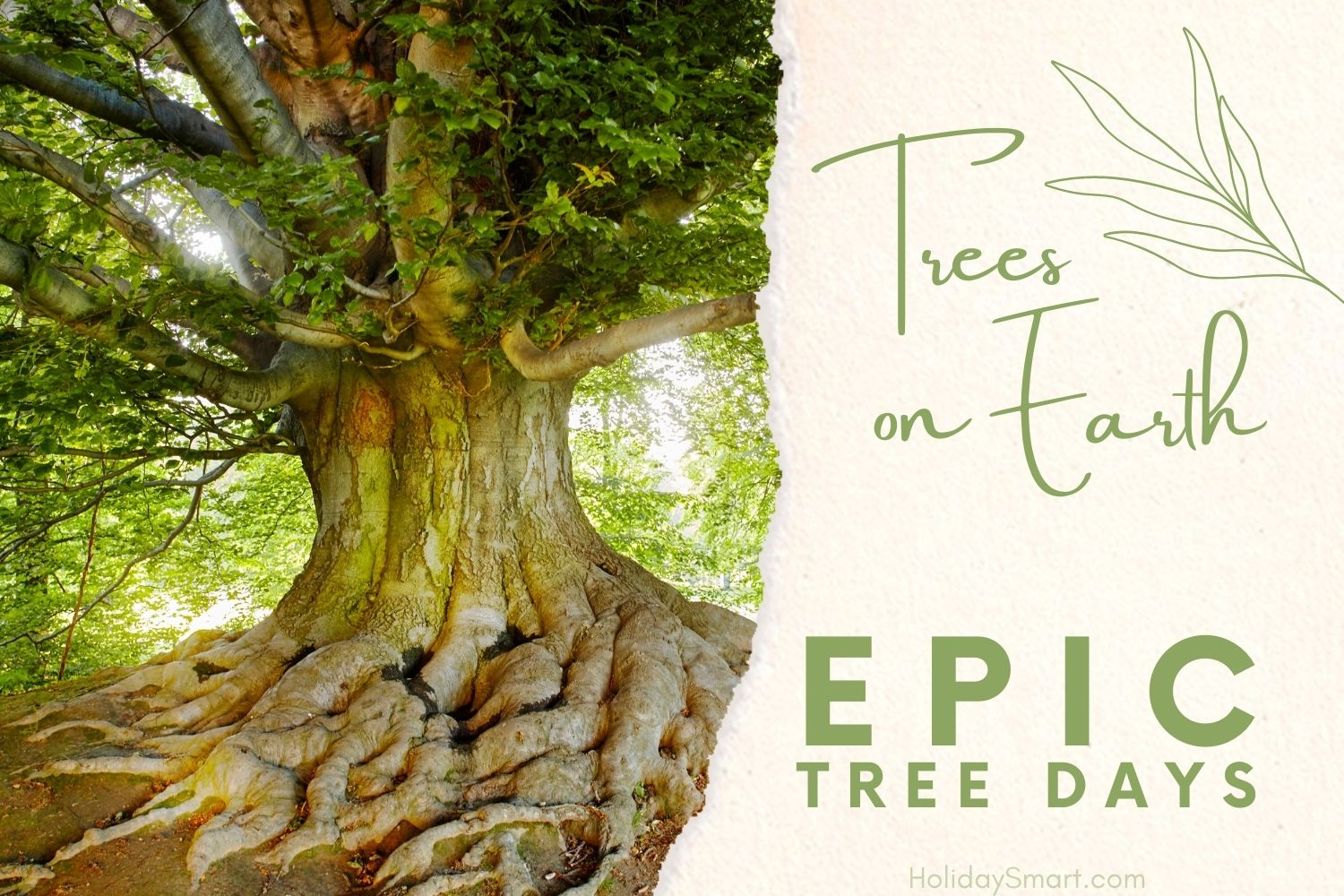Monthly Full Moon Names

Did you know that every month's full moon has a name?
Full moons are the phenomenon in the sky that makes us look up in awe about every 29.5 days. It has been a way for humans to track time since the beginning of time. The commonly used moon names are pretty simplistic and are very much based on seasons, weather patterns, and nature for the time of year they occur.
The most common names we associate with the full moon today originated from primarily from Native Americans and early Americans. Because they originate in the northern hemisphere, these moon names are more associated with weather, animals, and nature that occurs in this region. While there are many other names for each full moon, the ones listed here are most popularly known.
There are 12 Full Moons every 354 days leaving 11 extra days in each year, which means that every 2-3 years, there are 13 full moons. And note that because Full moons occur about every 29.5 days, February actually sometimes not have a full moon.
January Wolf Moon
The Full Moon in January is the Wolf Moon, which as it's name suggest, was a time when the howling of the wolves in mid-winter was most prominent as they gathered for hunting and claimed their packs and territories.
Other common names for January's full moon include Old Moon and Ice Moon.
February Snow Moon
The Full Moon in February is the Snow Moon, which correlates with the heaviest snowfalls of the year in North America.
Because the time between full moons is approximately 29.5 days, about once in every 19 years, February does not have a full moon. When this happens, both January and March have two full moons, called a double Blue Moon and February is referred to as the Black Moon.
Other common names include Storm Moon and Hunger Moon.
March Worm Moon
The Full Moon in March is the Worm Moon named for the end of winter when earthworms start to appear. This moon is the last full moon of the winter season.
Other common names include Crust Moon, Sap Moon, Sugar Moon, Chaste Moon, Death Moon, Lenten Moon.
April Pink Moon
The Full Moon in April is the Pink Moon, named for the pink blossoms of the phlox that are one of the first flowers to bloom in early spring.
Other common names include Sprouting Grass Moon, Egg Moon, Fish Moon and Paschal Moon (used to calculate the date of Easter).
May Flower Moon
The Full Moon in May is the Flower Moon, named for the abundant flowers that bloom in the spring in the Northern Hemisphere.
Other common names include Corn Planting Moon, Milk Moon and Hare Moon.
June Strawberry Moon
The Full Moon in June is the Strawberry Moon, as the name suggests, stems from the harvesting of strawberries in June.
Other common names include Rose Moon, Hot Moon and Mead Moon.
July Buck Moon
The Full Moon is July is the Buck Moon, named for the Male Deer whose antlers begin to regrow in July.
Other common names include Hay Moon and Thunder Moon.
August Sturgeon Moon
The Full Moon in August is the Sturgeon Moon, which stems from the region of the Great Lakes where sturgeon were abundant this time of year.
Other common names include Red Moon and Green Corn Moon.
September Harvest Moon or Corn Moon
The Full Moon in September is the Corn Moon, though most often it is the Harvest Moon. On months when the full moon in September is the nearest to the Autumn equinox, it is called the Harvest Moon. This happens about 3 out of 4 years. The other year is when the Harvest Moon happens in October. Both names stem from the fact that this was the time of year when crops were gathered ending the summer season and the brightness of the full moon helped the farmers work into the night.
Other common names include Corn Moon and Barley Moon.
October Hunter's Moon
The Full Moon in October is the Hunter's Moon, though every few years, when the full moon in October is nearer to the autumn equinox than the September Full Moon, October's Moon takes the name Harvest Moon. Hunter's Moon was so named as this was the time after the harvest when hunting was the forefront and the full moon helped the hunters hunt at night.
Other common names include Travel Moon, Blood Moon and Dying Grass Moon.
November Beaver Moon
The Full Moon in November is the Beaver Moon, named for the active beaver's preparing for winter during this time of year.
Other common names are Frost Moon, Oak Moon, and Mourning Moon.
December Cold Moon
The Full Moon in December is the Cold Moon, named for the start of winter.
Other common names include Long Night Moon and Oak Moon.
Blue Moon
You know the saying "It happens once in a blue moon"? It's because Blue Moons are the rare occurrence when there is a 13th moon in the year. It may also be the name of the moon that occurs as a 2nd full moon in one month, typically resulting in 13 full moons for the year. A Blue Moon occurs once every 2-3 years while a double Blue Moon, on the years when February has no Full Moon, happens only once every 19 years.
Other Monthly Moon Names
Many cultures over time named the moons within their own society to relate to the seasons and their traditions. While the names above are the common names that stuck with us, other Native American tribes, such as the Cherokee, had different names for some of the months.




